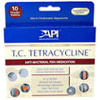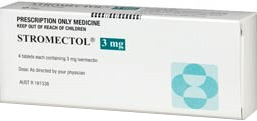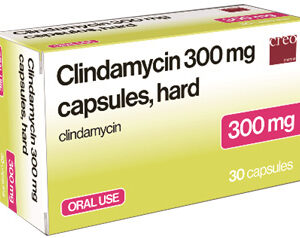Overview of Clindamycin
Clindamycin is an antibiotic belonging to the lincosamide class, which is used to treat a variety of bacterial infections. It works by inhibiting the synthesis of essential proteins required by bacteria to survive. Clindamycin is indicated for treating severe infections caused by susceptible anaerobic bacteria or gram-positive cocci that do not respond to other antibiotics.
Available Formulations
Clindamycin is available in multiple formulations, including oral capsules, topical gels, creams, lotions, and an injectable solution. Oral forms range in strengths from 75 mg to 300 mg. Topical concentrations vary according to the formulation, and the injectable solution is typically found in concentrations of 150 mg per milliliter.
Indications and Usage
Clindamycin is approved for treating various types of infections such as bone and joint infections, gynecological infections, intra-abdominal infections, lower respiratory infections (such as pneumonia), skin and skin structure infections, and septicemia. It is also prescribed for dental procedures in patients allergic to penicillins and as a topical treatment for acne vulgaris.
Dosing Guidelines
The dose of clindamycin will vary depending on the type and severity of the infection as well as patient-specific factors such as weight and kidney function. Oral doses generally range from 150 mg to 450 mg taken every 6 to 8 hours. Parenteral dosing may commence for more severe infections, followed by oral antibiotics when appropriate. Topical application for acne is usually once daily. It’s essential to complete the full prescribed course to minimize the risk of antibiotic resistance.
Administration Instructions
Oral clindamycin should be taken with a full glass of water to prevent esophageal irritation. It can be taken with or without food. For the topical form, the skin should be washed with mild soap and patted dry before applying a thin layer of the medication to the affected area. Injectable clindamycin should only be administered intramuscularly or intravenously by a healthcare professional. Clindamycin should be stored at room temperature, away from moisture and heat.
Drug Interactions
Clindamycin has the potential to interact with other drugs. Erythromycin may antagonize the effects of clindamycin. It may enhance the action of neuromuscular blocking agents such as succinylcholine or vecuronium. Additionally, it may increase the effects of certain drugs metabolized by the liver, such as warfarin, requiring careful monitoring of prothrombin time in patients on anticoagulant therapy.
Side Effects and Adverse Reactions
Common side effects of clindamycin include nausea, vomiting, joint pain, and diarrhea. It may also cause rash, itching, and hives if an allergic reaction occurs. One of the more severe side effects is Clostridium difficile-associated diarrhea, which can be life-threatening and requires immediate medical attention. Less common, but serious side effects, include jaundice, blood disorders, and severe skin reactions.
Use in Specific Populations
Pregnant women should only use clindamycin if clearly needed, as animal studies have shown adverse effects on the fetus. It is uncertain whether clindamycin is distributed in breast milk; therefore, caution is advised when administering to nursing mothers. The safety and efficacy in pediatric populations vary with the condition and formulation and should be consulted with a healthcare professional. Dosage adjustments are necessary in patients with renal or liver impairment.
Monitoring Parameters
Patient response to therapy should be monitored, along with signs of an allergic reaction or C. difficile-associated diarrhea. Liver function tests, renal function tests, and periodic blood counts are recommended for patients on prolonged therapy or those who have pre-existing liver or kidney disease.
Overdosage Management
In the case of an overdose, supportive measures should be initiated. These may include gastric lavage, emesis, and the administration of activated charcoal to prevent further absorption of the drug. There is no specific antidote for clindamycin overdose, and hemodialysis or peritoneal dialysis is not effective due to the high degree of protein binding of clindamycin. Immediate medical care is crucial in managing an overdose.
Pharmacokinetics and Metabolism
After oral administration, clindamycin is rapidly absorbed and its bioavailability is approximately 90%. It distributes widely in body fluids and tissues including bone. The elimination half-life of clindamycin is approximately 2.5 hours in individuals with normal renal function and about 4 hours in those with severe renal impairment. Clindamycin undergoes hepatic metabolism and is excreted primarily in the bile, with only a small percentage excreted in urine.







Reviews
There are no reviews yet.